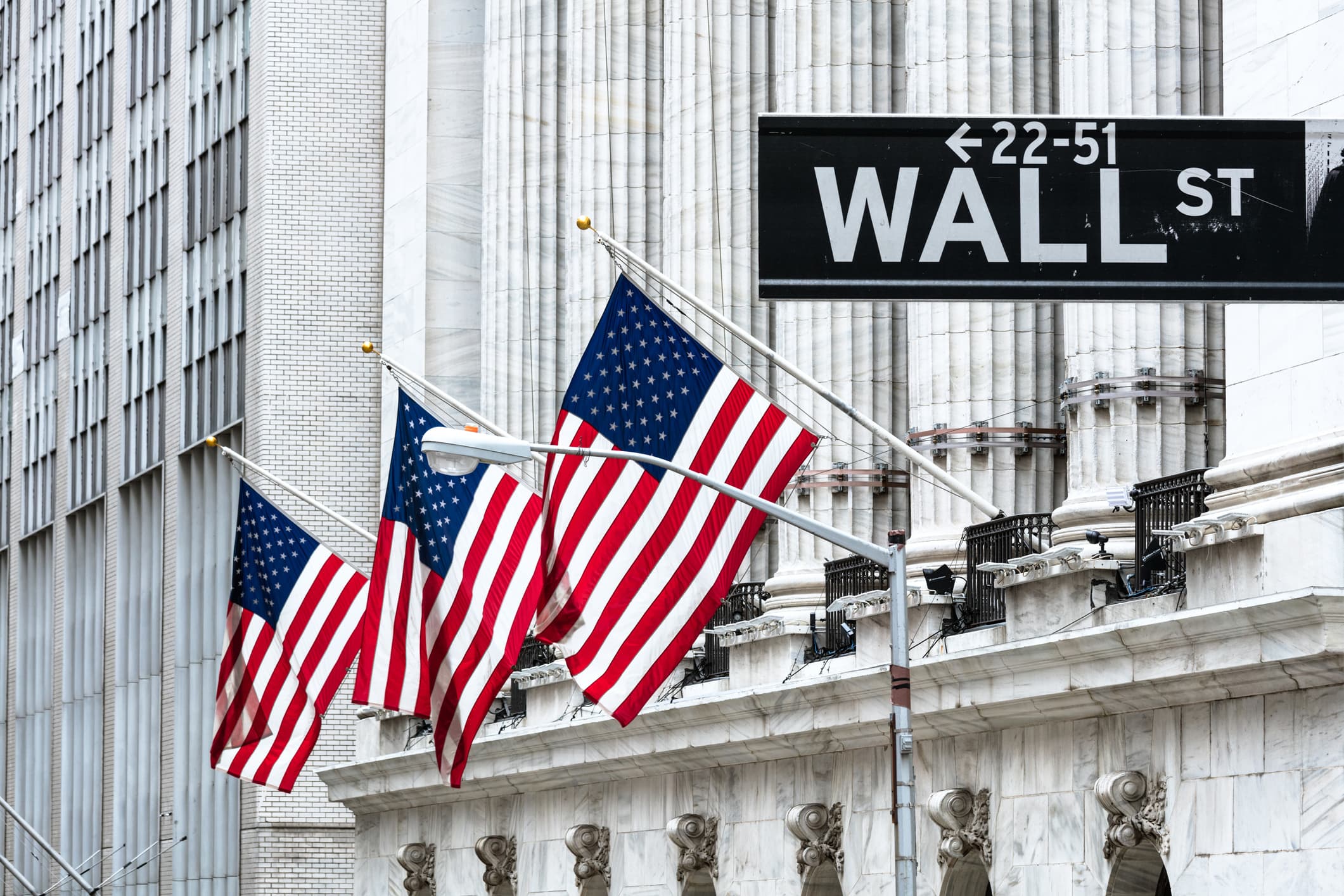U.S. MARKET VOLATILITY INDEX ROSE TO 15-MONTHS HIGH AMID LIQUIDITY CRUNCH

Wall Street's fear gauge, the Cboe Volatility Index (.VIX) rose last month to a 15-month high of 38.94, amid a plunge in stock prices that left the Nasdaq down 9% and the S&P off 5.3% in January in the face of a hawkish shift from the Federal Reserve. Meanwhile, Both the Dow Jones and the S&P 500 were around the flatline while the Nasdaq managed to gain more than 0.5% on Monday as concerns regarding a tight monetary policy from the Fed linger and investors await fresh earnings reports and market volatility is set to continue this week as Treasury yields extend a rally and fresh inflation figures are due on Thursday.
Liquidity in U.S. stocks has fallen to levels last seen during the COVID-19 selloff two years ago, adding to volatility in an already-nervous market. Market liquidity, or how easily investors can buy or sell a security without affecting its price, has been on a downward spiral for years. In recent weeks, however, traders have been whipsawed by massive moves. "Liquidity is abysmal, is the way I would describe it," said Rishabh Bhandari, senior portfolio manager at alternative investment management firm Capstone Investment Advisors. As soon as anyone wants to move risk, there isn't an efficient mechanism for folks to be able to do so."
Analysts said liquidity has been hurt as active investors who buy and sell opportunistically have been overshadowed by automated trading and passive investment strategies. They also blamed tighter regulations that have discouraged risk-taking by some brokers. On Thursday, for instance, Facebook parent Meta Platforms (FB.O) plunged in the biggest daily slide ever for a U.S. company stock, losing more than $200 billion of market value. The liquidity problem is not restricted to individual stocks. E-mini S&P 500 futures, one the world's most widely followed financial instruments, are also flashing a danger sign. Low liquidity exacerbates market swings and makes it harder for investors to execute buy and sell orders at a desired price. Episodes of scant liquidity contributed to wild market gyrations in March 2020, when the S&P 500 fell by about a third, peak-to trough, as investors worried about an economic shutdown related to COVID-19.
One measure of equity market liquidity is the market depth of S&P 500 e-mini futures, which investors use to gain exposure to the U.S. stock market. These futures trade usually about $50 million of notional value at any given time. That number fell to around $2 million in late January, not far from the $1 million - to $1.5 million level touched in March 2020, data from Capstone showed. Now it stands at just under $5 million. Another liquidity metric shows the share of equity exchange traded funds as a percentage of total equity volumes at 45%, the highest in at least two years. Low liquidity in individual stocks has pushed investors to increase their use of equity ETFs, according to JP Morgan. In addition to the March 2020 selloff, deteriorating market liquidity contributed to equity market corrections in September 2021 and October 2020 and December 2018, JP Morgan analysts said in a recent note. "A similarly abrupt deterioration in equity market liquidity conditions appears to have exacerbated recent market moves," they wrote.
Investors pinned the dearth of liquidity on a variety of factors. For one, they said tighter regulations in the aftermath of the global financial crisis curtailed large broker-dealers' capacity to take risk. Another factor has been the shift to market making for securities from humans to machines. Trading programs sometimes pull back liquidity when volatility spikes, experts said, which can exacerbate market moves. Also, some investors cited the rise of passive investment strategies. While active managers looking for trading opportunities have historically provided liquidity during times of stress, systematic and passive strategies may not be allowed to do so due to strict rules about how and when they can trade. "Liquidity risk is grossly under-appreciated," said Steve Sosnick, chief strategist at Interactive Brokers and a former options market maker. "As investors crowd into winning stocks, they become oblivious to the fact that it becomes increasingly difficult to exit en masse.”
On the corporate front, shares of Peloton surged 24% after reports showed both Amazon and Nike are among the businesses separately considering bidding for the exercise brand. On the other hand, stocks of Spotify fell more than 3% after the company removed some videos from the Joe Rogan podcast amid racism slurs although the streaming and media services provider has no plans to pull Rogan out from the platform. Meanwhile, Pfizer, Amgen, Walt Disney, Coca-Cola, PepsiCo, Twitter and Under Armour are among companies scheduled to report quarterly results during the week.


